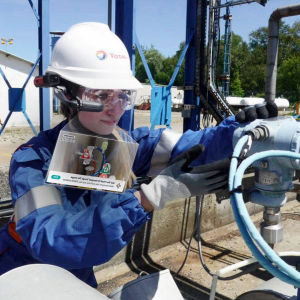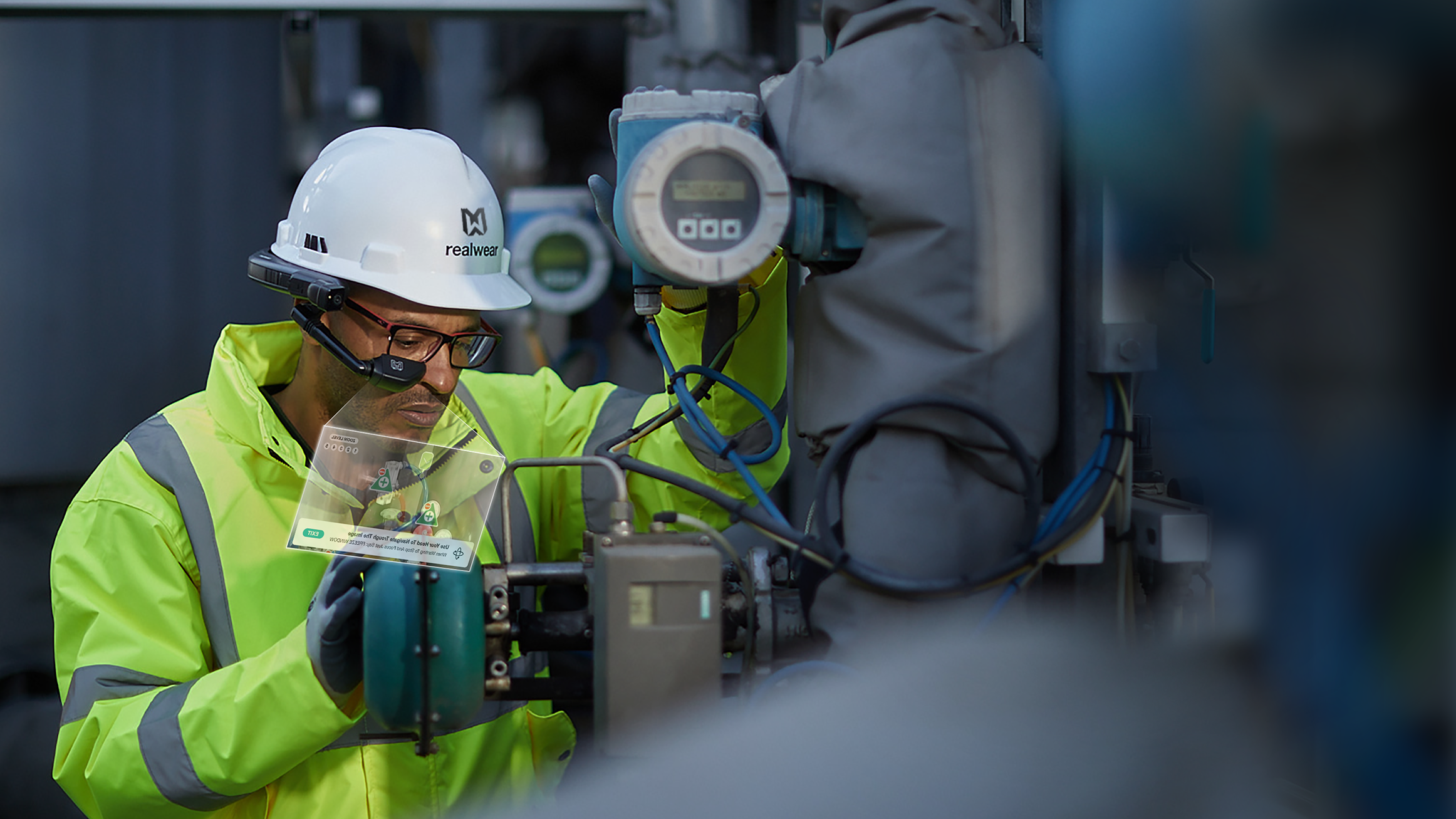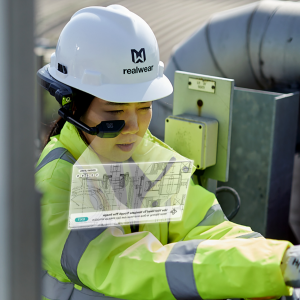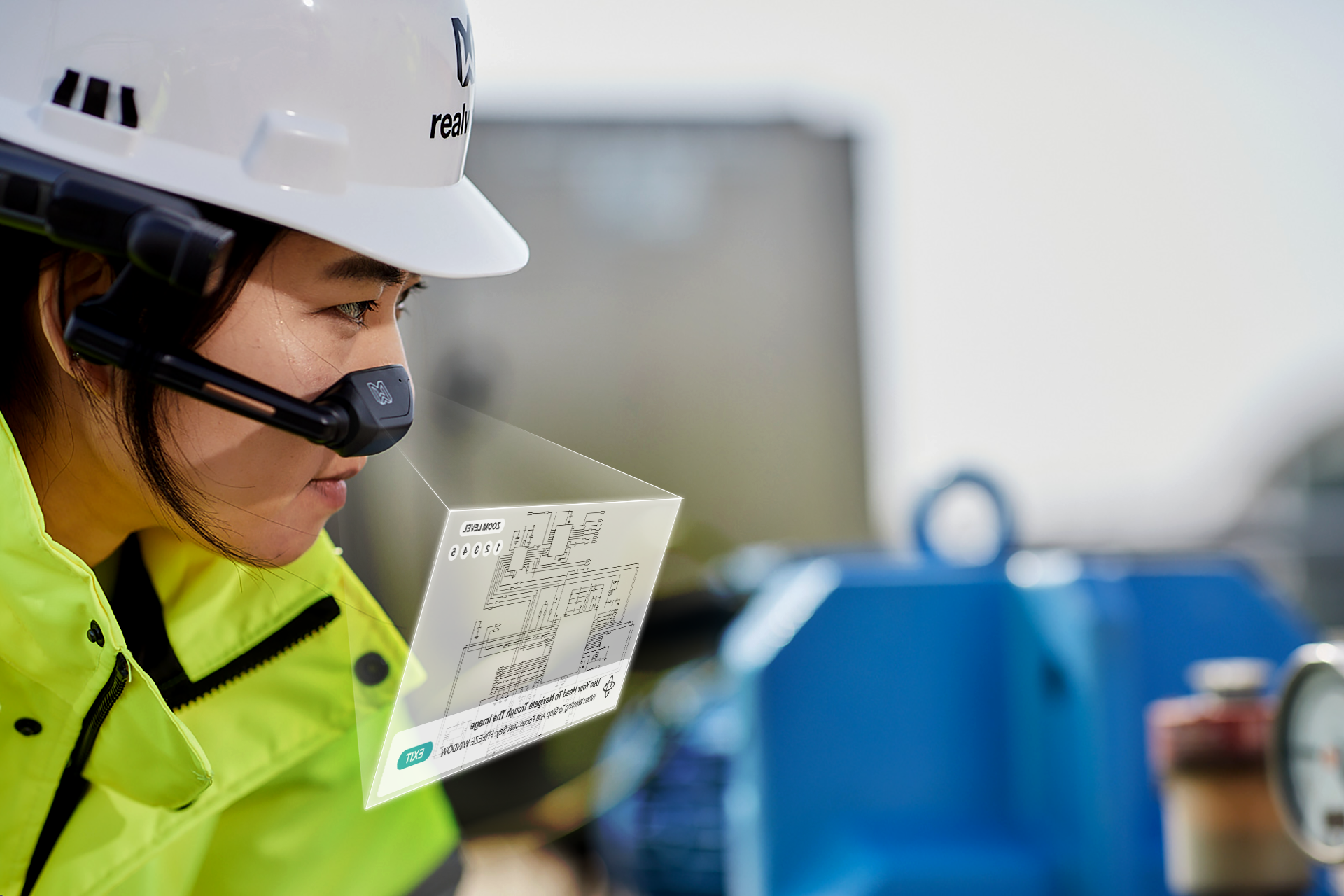The roll call of “metaverse” investors reads like a who’s who of big tech, tools companies, gaming and social media firms (Roblox, Take-Two Interactive, Nvidia, Unity Software, Microsoft and Meta (formerly Facebook), to name several). But there’s a somewhat interesting segment that’s shown what might be of even more interest: industrial companies.
This community is talking about the industrial metaverse (we held a panel on it, in fact). At the panel, we asked, “What is it? When will it be available? Who is building it? And why does it matter?” Is the industrial metaverse just virtual reality with a new name? The answer is no.
 In industrial settings such as energy & utilities, immersive use cases, as the industry calls it, revolves around virtual training, see-what-I-see collaboration, and virtual inspections and audits. Benefits touted include cost savings and efficiencies, but also improved creativity, productivity and employee wellbeing. This is far from the depiction of virtual reality in the movie Ready Player One.
In industrial settings such as energy & utilities, immersive use cases, as the industry calls it, revolves around virtual training, see-what-I-see collaboration, and virtual inspections and audits. Benefits touted include cost savings and efficiencies, but also improved creativity, productivity and employee wellbeing. This is far from the depiction of virtual reality in the movie Ready Player One.
The industrial metaverse is a longshot but there’s enough firepower behind it to give it a chance of being realised. It’s not something executives should ignore, either. As Lareina Yee, lead author for McKinsey report Meet the metaverse: Creating real value in a virtual world says, executives need to “be open-minded in terms of what some of the potential applications for your business might be. Have a long-term mindset. This is evolving.” Or as Ed Grieg, chief disruptor at Deloitte puts it, “think big, start small, test often.”
Where would an energy and utility company start, where risk management is top of mind? (Our CEO likes to say, “You don’t want to get your head stuck in the metaverse.”) For energy and utilities companies, it is important to understand what technology is available today, and where it’s heading to give you a long-term strategic adoption plan. Technology like augmented reality and assisted reality is already available on the frontline, allowing you to keep your hands free and your head up for the work, while providing you real time information and even subject matter experts to help your technicians and field workers perform at their best. This not only helps you retain talent, but it puts you on the path toward the metaverse. Right now, might be the right time to dip your toes in. For one thing, there is a global labour shortage. The utility industry continues to scramble to attract and retain employees. According to the US Department of Energy, 25 percent of the industry’s workforce is expected to retire this year. Even last year, in January 2022, the U.S. bureau of Labor Statistics announced that 4.5 million Americans left their jobs in November. The highest level since the agency began tracking this data in 2000. Imagine if one of your subject matter experts could assist ten people a day, without the need to travel to each site by plane, boat, or car?

As Eric Abbruzzese, Research Director at ABI Research and a top AR analyst suggests the industry is having to deal with “a severe impact with downtime and knowledge loss” driven by an ageing, retiring workforce with “highly siloed expertise around high-cost equipment.”
Other challenges include complex (or changing) workflows, environmental intensity, the need for certified or intrinsically safe (ATEX Zone 1) devices and sufficient connectivity, sometimes in challenging locations. For Abbruzzese, these are strong justifications as to why the energy and utilities industry is a fast-growing adopter of assisted reality technology. It is, he says, one of the largest verticals for AR Head Mounted Displays (HMD) and it’s fascinating to watch the story play out.
“Technicians on job sites can use AR to view real-time information, access complete documentation, and receive instructions from remote experts that can also alleviate the shortage of skilled workers,” says Abbruzzese. “While keeping both hands free for repairs, field workers can maintain environmental awareness, reducing accidents, errors, and, ultimately, downtime.”
 More specific use cases of the energy and utilities industry including equipment inspection, leak identification, preventive maintenance, storm restoration, and quality monitoring and control are all possible through AR and are already being implemented alongside the more foundational enterprise AR use cases. Renewable energy operations can introduce new operations and maintenance requirements, and AR can help reduce the time to train workers and perform service within these new operations.
More specific use cases of the energy and utilities industry including equipment inspection, leak identification, preventive maintenance, storm restoration, and quality monitoring and control are all possible through AR and are already being implemented alongside the more foundational enterprise AR use cases. Renewable energy operations can introduce new operations and maintenance requirements, and AR can help reduce the time to train workers and perform service within these new operations.
Abbruzzese certainly predicts a strong uptake of AR in the next few years. By 2027 he estimates that there will be over 11 million AR HMD users in the energy and utilities industry, compared with just over a million today. These numbers will be primarily driven in four key areas – remote expertise, assembly, training and field service.
He sees a multitude of benefits. Some of the most prominent use cases support usage that can reduce downtime and support knowledge capture. Remote expertise and training are strong as expected, but safety notification is a prominent element due to hazardous and complicated working environments.
“AR can reduce errors, and thus reduce unplanned downtime events, using remote assistance and workflow guidance,” says Abbruzzese. “AR can also be used for hands-free and real-time knowledge capture to lessen the impact of the retiring workforce. With a strong enabling platform partner, these applications can automatically create content with automated data tagging, making future use as training material and onboarding simpler and more efficient.”
The data here is invaluable. With more users and scenarios, the richness of the data will inform decision making and lead to improvements in how the technology can become even more efficient and effective. This data can also feed into the metaverse. As the industrial metaverse becomes better defined, data derived from AR devices will enrich metaverse applications. In fact, AR is one of the best gateways to the industrial metaverse. It gives workers the digital tools now to get started with the digital world, while maintaining safety as a top priority.
What this means is that any decision to go down the AR route is not wasted. Far from it. AR is a key enabler today and a building block for the metaverse tomorrow.
Click here for further information.




